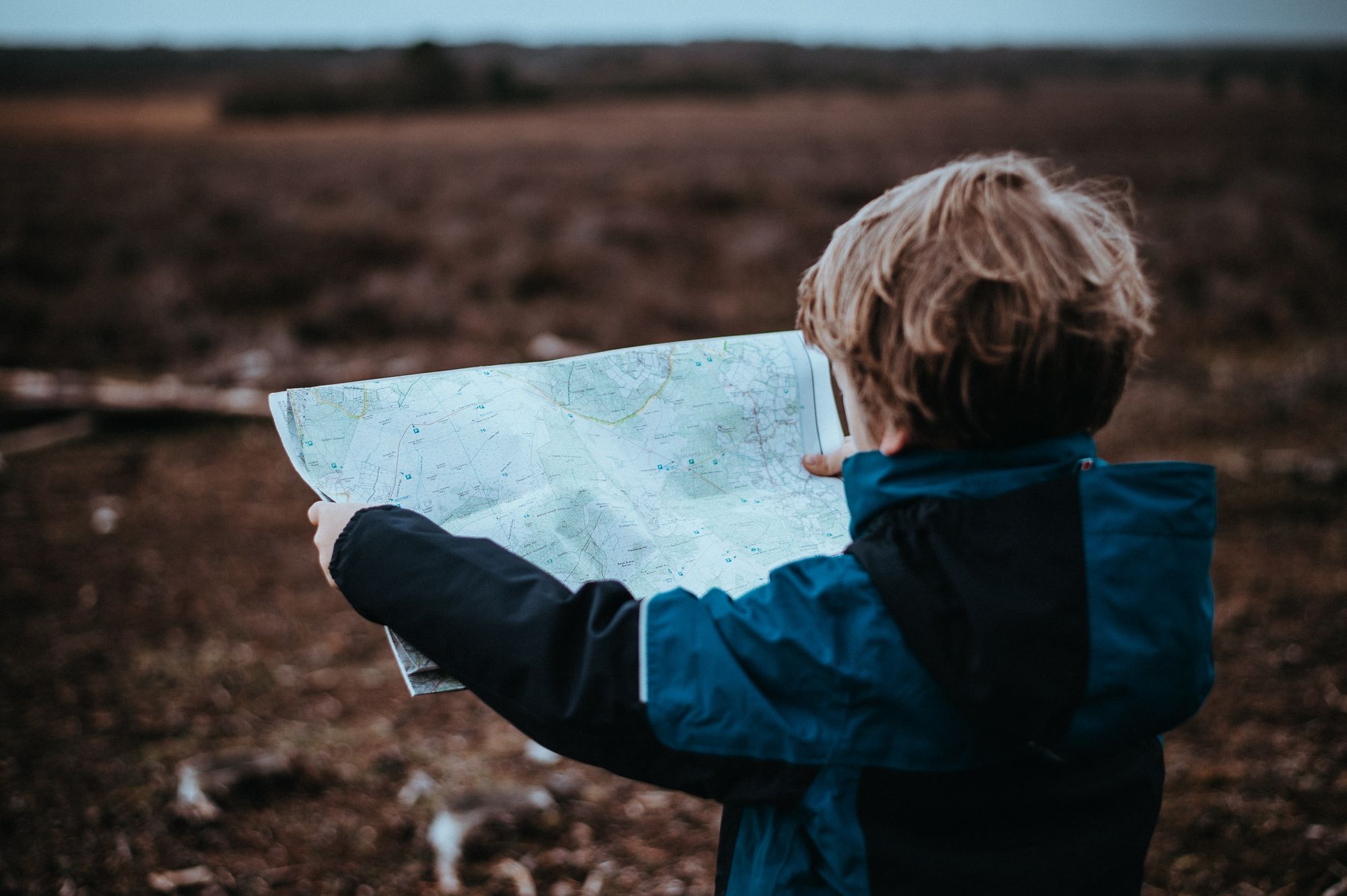The learning challenge for too many children

Learning is a treasure hunt seeking to make connections between one concept and another. Sadly, too many children in our schools don’t have the tools to successfully engage in that treasure hunt. Even worse they are seldom given the support and accomodation to develop these tools.
Our first child stands in a pleasant meadow with bushes and small clusters of trees providing shade. Butterflies cluster thickly on the flowers throughout the grass. Even as they stand still, looking out, they can already see some of the items on their treasure hunt list.

The second child stands at the edge of a dark and gloomy forest. Trees tower overhead and dense bushes fill the gaps between each tree. Clinging vines stretch from tree to tree, bush to bush. Strange rustling noises startle them constantly and they shoot frightened glances from side to side.

The first child pulls out a neatly folded treasure map and carefully unfolds it, to check what they are looking for and where those treasures are located in the meadow in front of them. They start to make a plan of where to start, deciding to work from one side of the map to the other in a straight line up and down the meadow. Then they fold the map back up and set off.
The second child reaches into several of their pockets before finding a screwed-up map that they attempt to flatten out. A corner rips off accidentally and that piece of the map flutters off in the wind. The child stares at the stained and creased map and looks back up at the maze of trees in front of them. They turn the map to the left and right, seeing no connection between what they are looking at and the maze of trees. Confused they ball up the map once more and stuff it into a pocket. They take a deep breath and set off to the first bush they can see, and start searching under and around it for a treasure.
The first child finds their first treasure quickly. They take off their backpack, kneel down and open it to reveal a large space filled with pockets. They match the pocket to the size of the treasure and store it safely where it can be easily found once more. Then they set off after more "treasure".
The second child stumbles across a treasure when they fall full length over a vine and almost starts to cry with relief. They know it has taken them too long and that time is running out so they attempt to shove the treasure quickly into the bag on their back without taking it off.
The treasure makes no noise as it drops back into the soft mud behind them.
The first child has nearly finished and their bag is bursting with treasures. They check over their map one last time while looking through each of the pockets. One tiny pocket remains and they excitedly set off to find that one thing to make all the connections they need.
Our second child is seated on a log, head in hands and shaking with anger. This treasure hunt is too hard and they want to stop. They set down the bag and look at the few items that have made it into the backpack and can't see any connections between the disparate items. They dash their angry tears away and walk away from the map and the few found treasures.
Learning is too hard.
As educators and therapists, we desperately need to see the second child and all of the obstacles in their way.
We need to understand the barriers and strive constantly to remove them so they feel supported to make gradual learning gains at their own pace.
We have the ability to give them tools to navigate this treasure hunt and stay engaged in the search. We need to be there, to fend off the academic obsession with speed, to explore their map at their own pace and celebrate as they uncover their own treasures.